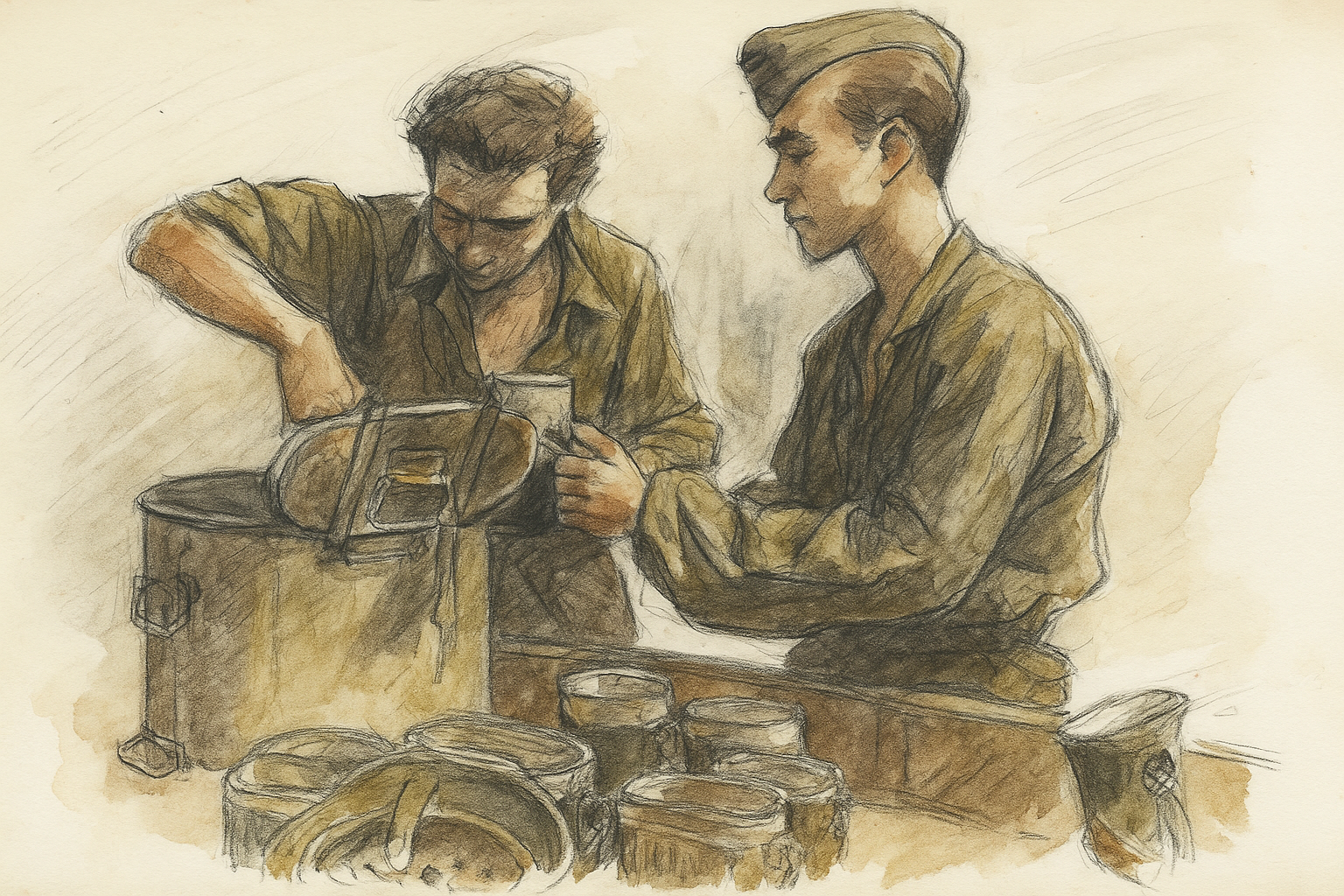
Case Study: Time to Sell — How Fast Do Military Antiques Move?
I set out to measure real selling speed in the militaria market: how many days items take to sell once listed. I scraped and cleaned the data myself and converted prices to September 2025 - USD, then analyzed three angles:
Site — which shops turn inventory fastest.
Category — which item types, conflicts, and nations sell quickest.
Time — which months and weekdays see the best results.
The aim is to give buyers and sellers clear, data-driven guidance on where to list or look, what to prioritize, and when to post.

Conclusion — What I learned, and what’s next
What I learned
What you sell matters most. Small, light, or paper items tend to sell faster than heavy gear.
Era and country matter. Some periods and nations attract buyers more quickly than others.
Cheaper isn’t always faster. Mid-priced items often move quickest; expensive pieces can still sell fast when buyers really want them.
Timing helps, but it’s secondary. A few months and mid-week days perform better, but the item itself is the bigger driver.
Limits
This looks only at items that actually sold; listings that never sold aren’t included.
Results can vary with condition, photos, and how much data we have for each group.
Next steps
Re-run the views for a few key categories (e.g., helmets, medals) to give category-specific tips.
Add a simple estimate of “days to sell” that uses site, category, price, and posting day.
Takeaway
Pick the right place to list, choose categories buyers are already hunting, price where demand is strong, and post on the days they show up.